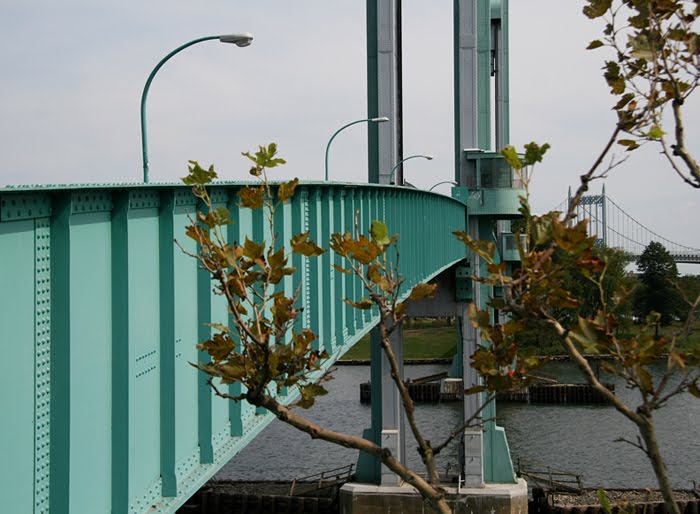

Even the busiest streets of Manhattan have their quiet times. Walking down MacDougal Street (one of the most touristy streets in the city) in the morning is a vastly different experience from the summer or weekend evenings and nights. In this neighborhood in the morning, it is quiet and the traffic is light, so your guard is definitely down. Tuesday was a beautiful day, and as I crossed the intersection at MacDougal and West 3rd Streets in the Village, the last thing I expected was an enormous automobile crash, virtually at my heels.
This was the largest crash I have ever witnessed and was heart stopping as one vehicle hit another broadside in the intersection. The vehicle impacted by the taxi rolled over completely, coming to rest on its roof. Only a moment lapsed before many bystanders sprung to action, righted the vehicle, and removed its driver, who, surprisingly, looked extremely shaken, but with no outwardly obvious bodily damage.
Within a few minutes, two police mounted on horseback arrived first, followed by an ambulance, fire trucks, and other emergency support vehicles.
Ironic insults to injury abounded. First, the taxi driver's immediate concern appeared to be his future employment rather than the condition of the injured driver lying on the sidewalk. As the taxi driver stepped out of his cab, he exclaimed in shock and disbelief, "Oh, this is not good for me at all."
Then, in examining the photos this morning, I noticed the two bumper stickers on the overturned vehicle. One read, "CAUTION Vehicle Makes Frequents Stops," and the second read, "How's My Driving? Call 1-800-994-8099"
In a final insult to injury, the injured driver rested on the sidewalk, surrounded and helped by others as he awaited the ambulance, beneath a sign reading: "The Best Backrub For Men and Women"...
Related Taxi Stories: Yellow Fever, Jersey Girls, Sea of Yellow, Garden in Transit, Pedicabs
























